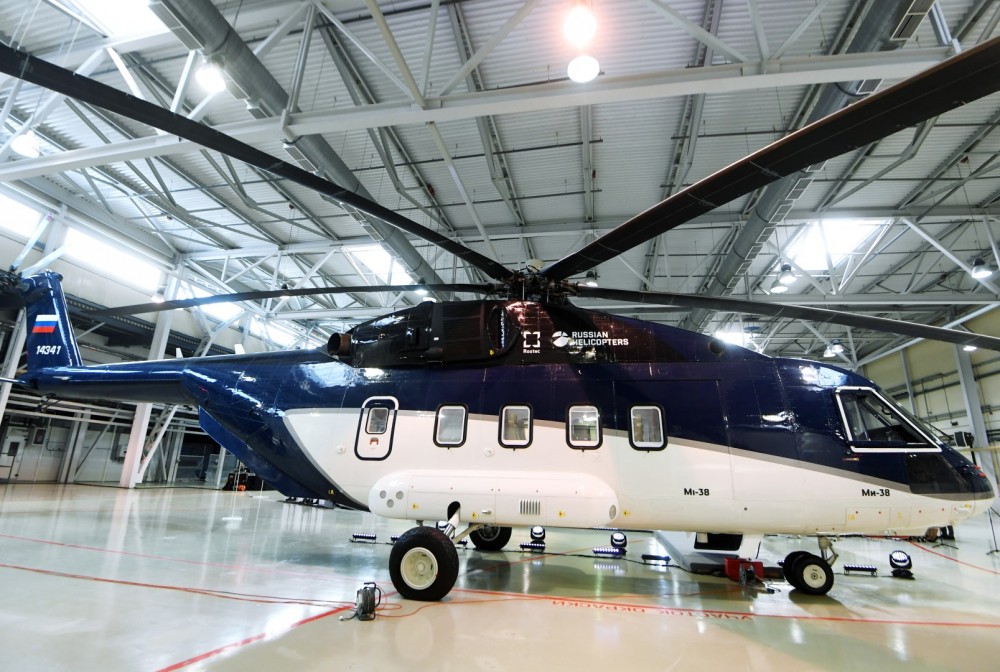PapaDragon wrote: Austin wrote:Kremlin Considers Launching Start-up Airlines To Fly Superjets
https://www.ainonline.com/aviation-news/air-transport/2020-02-21/kremlin-considers-launching-start-airlines-fly-superjets ...
How about they properly localize SSJ and sort out maintenance chain first and send them back on the market instead of wasting time and money on start-up bullshittery that never gets anywhere anyway?
It is not start up bullshittery...
The company Azimuth (founded in 2017) that operates in the south of Russia with a fleet of only SSJ100 (they have 11 of them) is working quite well. They just plan to repeat that experience in the far east.
Maybe basing it on the company Aurora (that aeroflot controls at 50%) or maybe creating a new one from scratch in Khabarovsk
And they need to keep production at the Konsomolks-on Amur plant (where all of the SSJ100 are assembled) while they fix all the issues.
By the way, Khabarovsk is only 400 km from Konsomolk on Amur, it is possible that that would simplify the logistic for maintenance as well.
Of course they are working on improving the logistic and substitute all the foreign components... this is being done, but it takes time.
The prototype of the new engine should be ready by 2023, and certified by 2024.
That means that before 2025 is highly unlikely that the SSJ100 will receive a supplment type certificate with the new engine and all new russian components. Do you believe they should stop completely production, close the plant, lay off the workers and wait 4 or 5 years before producing new ones?
It make sense probably to temporarily decrease the rate of production of new aircrafts for the moment, and maybe start producing in russia replacement parts for the french part of the existing engines, possibly in agreement with Safran. Even if the engine (the SaM146) is not the best available on the market it is the one existing now, and it will remain in service with a few hundreds aircrafts for the next 20 years. New aircrafts starting from 2025 will have the new engines, but the existing ones will need to be supported anyway.
In the meanwhile it is realistic to expect that at least some of the American components will be replaced, to bring their quota to less than 10% (i read somewhere that 10% is the threshold where the american government must approve each foreign sale, but I am not sure about it). This would allow to sell the current version of SSJ100, but with an higher share of russian components (currently around 50%, at the start of the program they were even less and around 40%) to Iran, without needing any permissions from the americans, possibly already by 2022.










